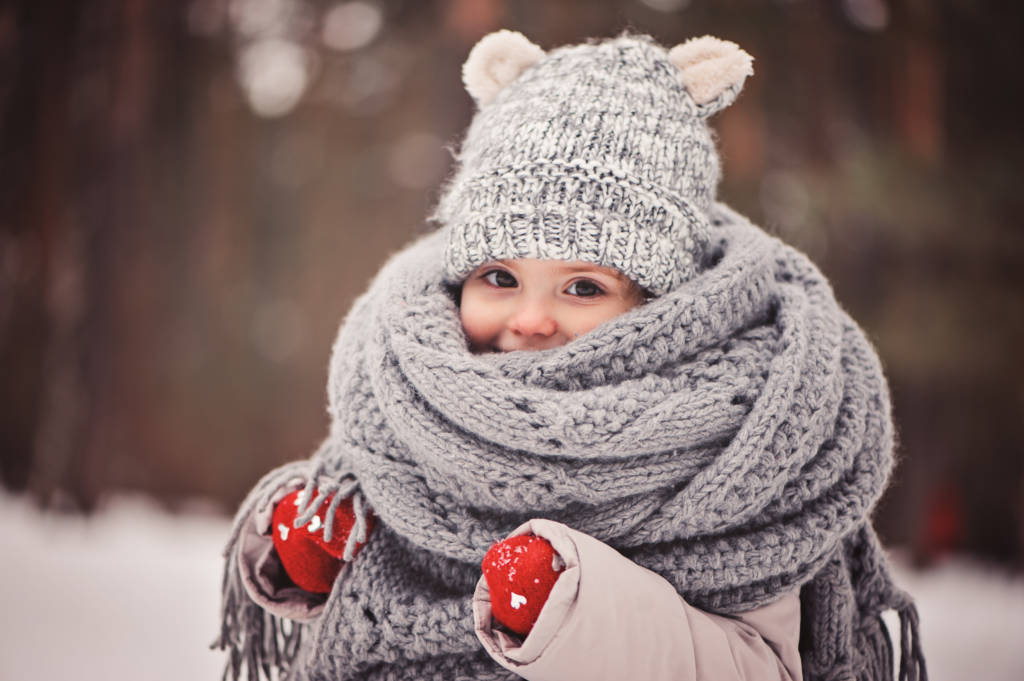For years mothers have been bundling up their children from head to toe in thick jackets, scarves, and gloves because they’re afraid you’re going to catch a cold—literally. But in terms of infectious illnesses, germs make you sick not the cold or the snow.
A person has to come in contact with a rhinovirus to catch a cold and you have to be infected with influenza to catch the flu. Yet, rhinoviruses peak in the spring and fall and influenza viruses peak in the winter.
How does the cold weather contribute to catching a cold and flu?
There is a connection with the cold that may contribute to conditions that lead to you getting sick:
- The cold air forces you to stay inside where it’s warm
- Central heating makes it easier for cold and flu viruses to get into your dry nasal passages
- Poor ventilation makes it easier to catch germs
- Dry cold air allows the flu virus to survive
- The colder it gets to freezing temperatures the easier it is for the flu virus to stay active
- When you’re outside and your nose is frozen, so are your mucus and nasal hairs, which help block the virus from coming inside
- When you come inside to a warm room, you are more likely to be exposed to germs because they are contained





